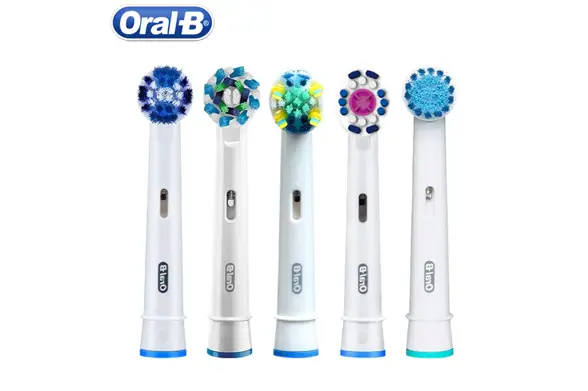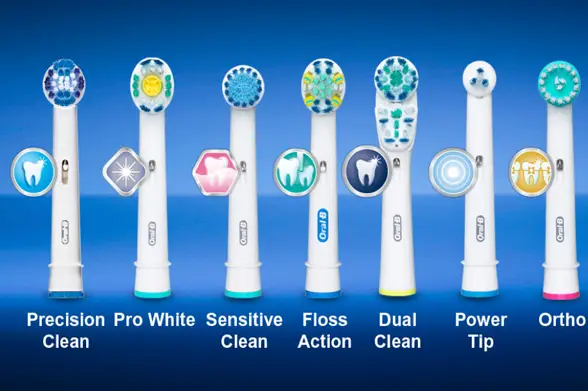Dental plaque is main etiological factor for dental caries and gingivitis, and periodontal diseases. Tooth brushing technique is best way to remove dental plaque from tooth surface. Tooth brushing makes person feel fresh, reduce bad breath, and improves smile. Traditionally, manual toothbrushes are most often used worldwide. Powered toothbrushes are introduced as alternative to manual brushes especially for older people, patients with limited dexterity and for children.
Power toothbrushes were introduced in 1960s, but they become popular in 1990’s. “Although power toothbrushes are not particularly recent in origin, advancement designs, and motion of bristles, reduction in the cost made them popular recent times.” Powered brushes were categorized into different types based on the movement of bristles.


Powered toothbrushes are found to be more significant in reduction of plaque on tooth surface compared to manual brushing technique. Bristle motion in electronic toothbrushes produce hydrodynamic shear forces that disrupts dental plaque from tooth surface more effectively compared to manual brushes. Cochrane review demonstrated that plaque formaton and gingivitis is reduced by 11% and 6% respectively after one to three months of use.
Davidovich E concluded from research conducted up to 2019 (systematic review), that powered toothbrushes are more effective in plaque reduction than manual brushes. Highest of evidence was for rotation oscillation brushes which demonstrated a statistically significant reduction in plaque and gingivitis. A rotating oscillating type of electric toothbrush consistently showed significant advantage over manual toothbrushes.
Periodontitis is the destruction of supporting tissues of teeth that involves periodontal ligament, bone and gingiva. Periodontitis is considered as the sixth complication of diabetes. Uncontrolled diabetes results in severe gum and periodontal diseases due to defective defence mechanisms (defective neutrophil activity) and degenerative changes in the periodontal ligament.
Though selection of type of toothbrush is individual choice, dentist recommends brushing of teeth twice daily, for 2 minute each time with proper technique is utmost important to maintain good gum and teeth health.